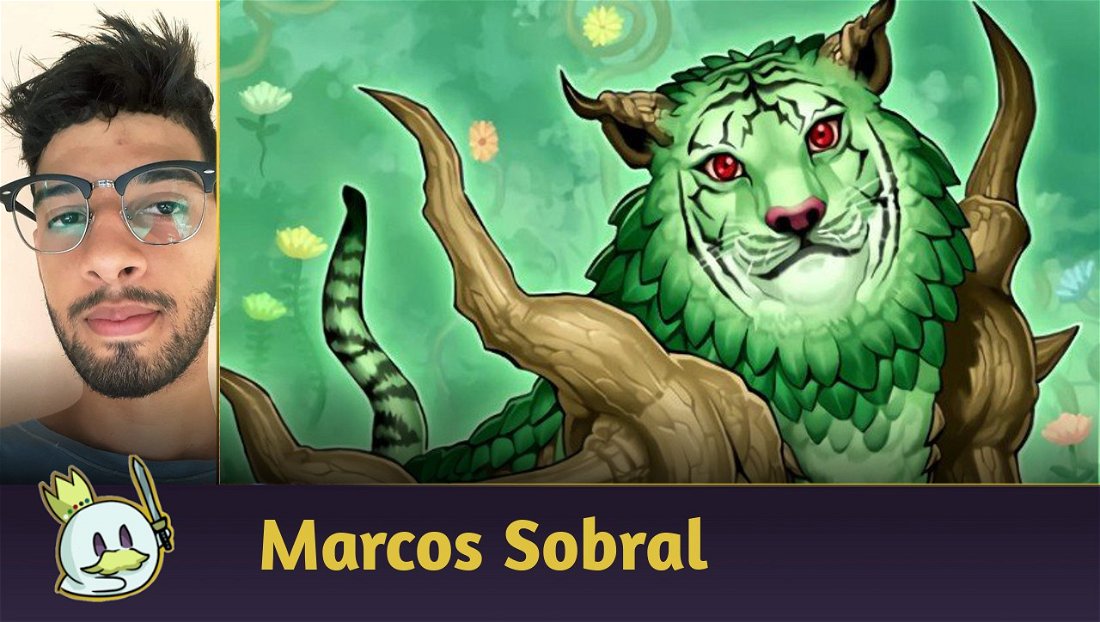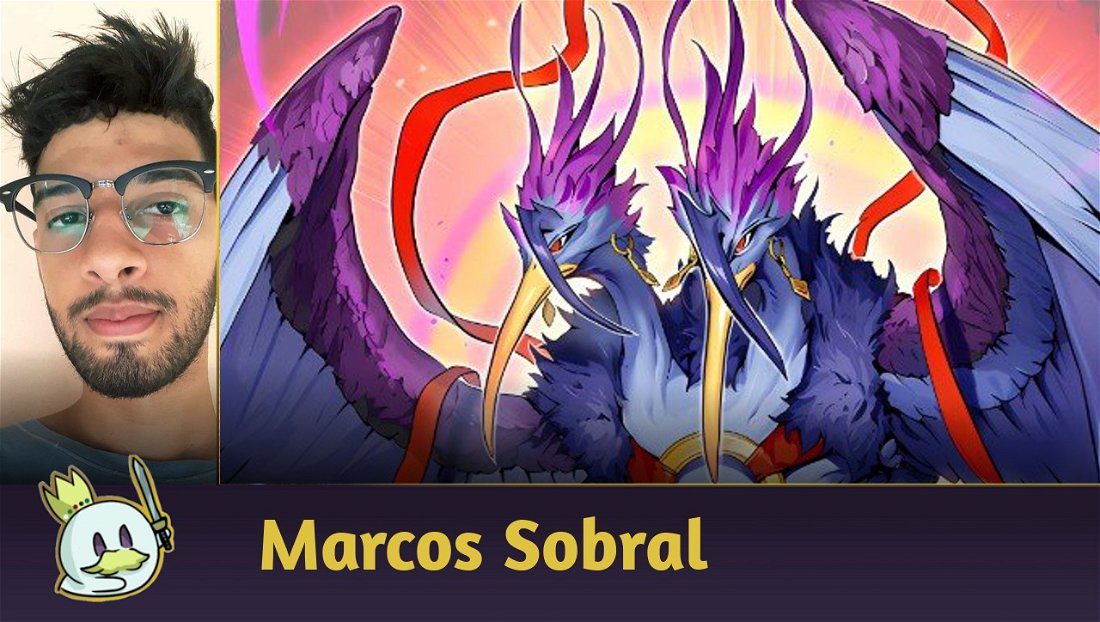Introduction
"Handtrap" is a non-official term for cards that you can activate from your hand as answers to some enemy action. They are a must both for competitive and casual play. This is because, once combos became more powerful, we needed to interact with our opponent as fast as possible, particularly when we were second to play.

Even though the most important handtraps are incredibly efficient, there are many others which aren't that great because they're either too specific or their effects are truly useless.
So, today, I'll show you the top 10 worst handtraps in Yu-Gi-Oh! TCG!
Top 10 Worst Handtraps in Yu-Gi-Oh! TCG
10 - Ghost Sister & Spooky Dogwood
To start our list, we have Ghost Sister & Spooky Dogwood, which ironically is even somewhat relevant in the competitive scene, considering some players use it in their side decks. “Dogwood's” effect basically gives you extra LP any time your opponent special summons something - you'll get LP equal to that monster's ATK. The goal behind this interaction is to force your opponent to choose between playing their combo and giving you an advantage, and giving up their combo to not give you any LP. With it, you'll end up facing a board weaker than usual or get a lot of LP from this card.
Even though the game ends, in fact, when a player's LP reaches 0, LP isn't really relevant in a match. Usually, matches are decided before a player can bring their opponent's LP to zero. The exception to this rule are matches that are decided when the clock runs out. In these matches, the player with most LP wins. So, "Dogwood" is only relevant when the time for a match runs out before the game ends, and, particularly, this situation is too specific to consider this a great card.

9 - Contact "C"
Contact "C" has also flirted with the competitive scene in a few formats, but more shyly than the previous card.
Contact "C"'s goal is to lock down your opponent, and prevent them from accessing their extra deck monsters. However, in practice, this doesn't work that well, considering most decks have at least one generic link monster in their extra deck.
Besides, when this card becomes a bit more popular, decks that might struggle with this handtrap start using a generic card in their extra deck to deal with this interaction, which effectively deals with Contact "C"'s effect.

8 - Gnomaterial
Gnomaterial is similar to Contact "C" in the sense it, in a way, somewhat "locks down" your extra deck. However, unlike Contact "C", which you have to use as material, Gnomaterial prevents your opponent from using a monster as material to summon other cards from their extra deck.
Even though it is interesting as an idea, preventing your opponent from using a single monster as material is not enough, considering many decks can just spam more monsters and keep playing. This makes Gnomaterial a bit useless.

7 - Sneaky "C"
Sneaky "C" was a bit exciting when it was announced, but, after it was released, it disappeared rather quietly. That is because, after you summon it, it is quite easy to play around it as it has a slow effect (it only destroys your opponent's monsters at the end step). You can do this by either playing a negate on the board or even banishing it with a S:P Little Knight, for instance.

6 - Kuriboh
Kuriboh is certainly the most nostalgic card in this list, as it is also one of the first ever handtraps in Yu-Gi-Oh! TCG. Despite the fact it saved Yugi in the original anime, as we mentioned before, the Battle Phase isn't that relevant to your victory (except in very specific situations).
Even with Tenpai (the OTK deck that interacts with the Battle Phase often) in the meta, Kuriboh isn't relevant. After all, protecting yourself for a single Battle Phase isn't enough to prevent your defeat.

5 - Hanewata
Hanewata works like Kuriboh, but it protects you for an entire turn and doesn't interact with battle damage - it interacts with effect damage.
If we follow the same logic as before and assume protection against battle damage (something that happens every match) isn't relevant to the game, protection against effect damage is even more irrelevant. It would only be useful to protect yourself if your opponent tried to deal damage to win through the clock.

4 - Engraver of the Mark
Engraver of the Mark is another weak card whose main fault is that it is too specific. Interacting with cards that declare the name of a card in the current format would only be useful to stop Crossout Designator.
Even though it seems interesting because it deals with a tech card that is very popular in the meta right now, any simple spell negate would be more useful. You would be able to use it both against Crossout Designator and any other spell in the game.

3 - Token Collector
As its name already tells us, Token Collector deals with tokens, something that hasn't been relevant in the competitive scene for years. Ever since Swordsoul and Adventure Token variants left the meta, this card has been incredibly unpopular. This is because, even though it is a high-impact interaction against these strategies, when they aren't that popular, it becomes quite useless.

2 - Confronting the "C"
Confronting the "C" is a really weird card. It summons itself from your hand if your opponent summons a monster from their extra deck, and, next, as a result, they become unaffected by monster effects that target it.
This could be relevant if this card had any extra effects that made it a boss monster. However, it is practically useless, considering your opponent can remove it from the board through any spell/trap effect, and even through monsters (as long as they don't target it).
To sum up, it is too easy to remove it from your board, which makes its "protection" essentially useless.

1 - Wattkinetic Puppeteer
To finish our list, we have Wattkinetic Puppeteer, whose effect moves a target monster to another main monster zone.
Even though there are archetypes that interact with zones, using a handtrap slot to simply move a monster from its zone is incredibly irrelevant. After all, a viable archetype with this type of interaction should have effects that are similar to this one on its own engine card to work properly.
So, this is why I consider Wattkinetic Puppeteer the worst handtrap in Yu-Gi-Oh! TCG.

Final Words
Do you agree with our list? Tell us your thoughts in the comment section.
To check out more information about the Yu-Gi-Oh! TCG universe, keep browsing our articles.
Cards Realm thanks you for your support!














— Comentarios 0
, Reacciones 1
Se el primero en comentar